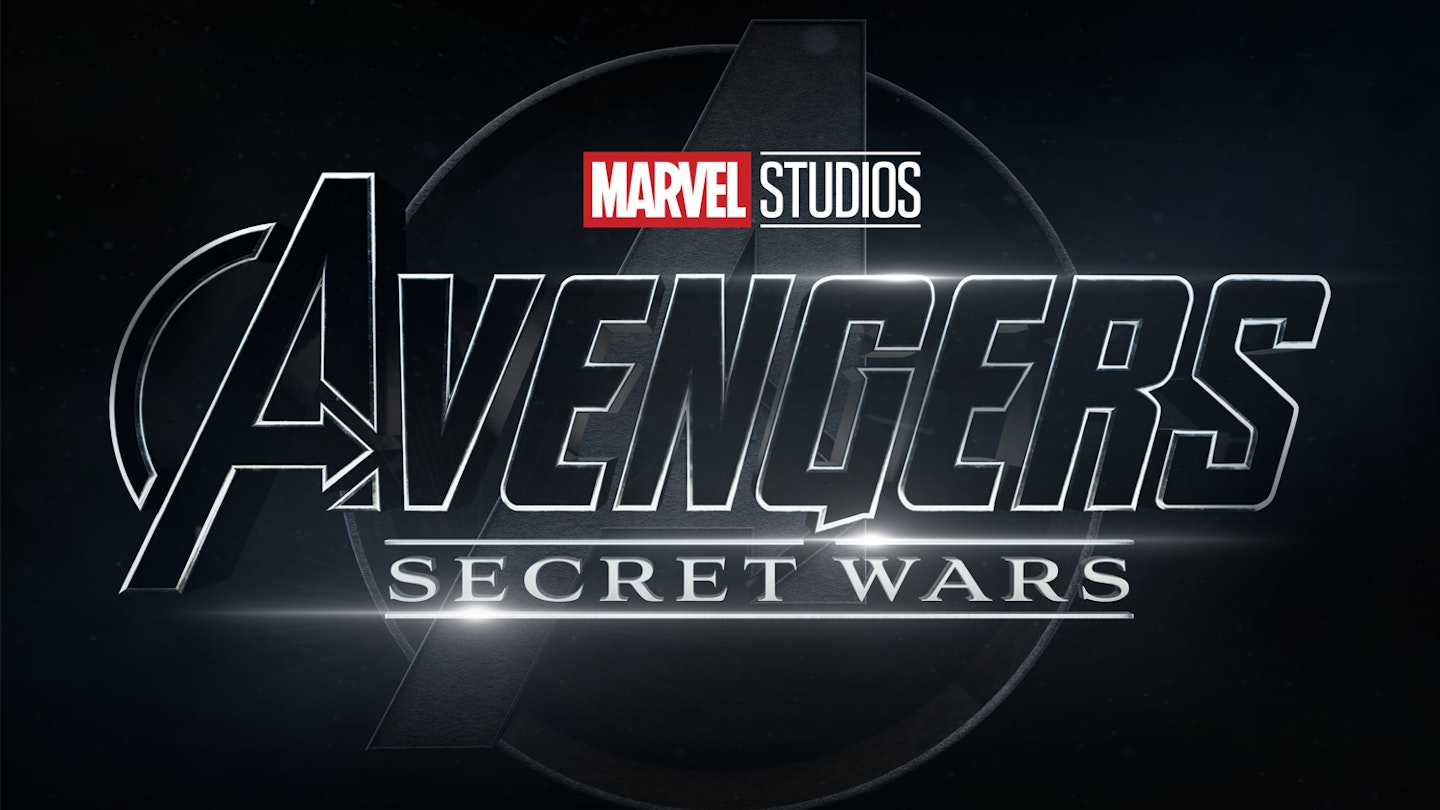It was the reveal to end all reveals. Bringing Comic-Con’s proverbial house down last weekend, Kevin Feige unveiled the road map not just of the Marvel Cinematic Universe’s next phase, but the one after that too. If Phases 1-3 were ‘The Infinity Saga’, Phases 4-6 are ‘The Multiverse Saga’ – and if the direction of Phase 4 has sometimes seemed unclear, we now have a confirmed destination in two new Avengers extravaganzas, both due in 2025. The brace’s equivalent of Infinity War is The Kang Dynasty, and its Endgame will be Secret Wars, seeds of which have, typically, already been sown even at this early stage. As ever, the film adaptations won’t follow the comics to the letter – think of how Thor: Ragnarok casually retooled Planet Hulk for a laugh, just for one example of many – but for a sense of Secret Wars’ origins and what the title might mean for the MCU, read on.
What is Secret Wars in the comics?
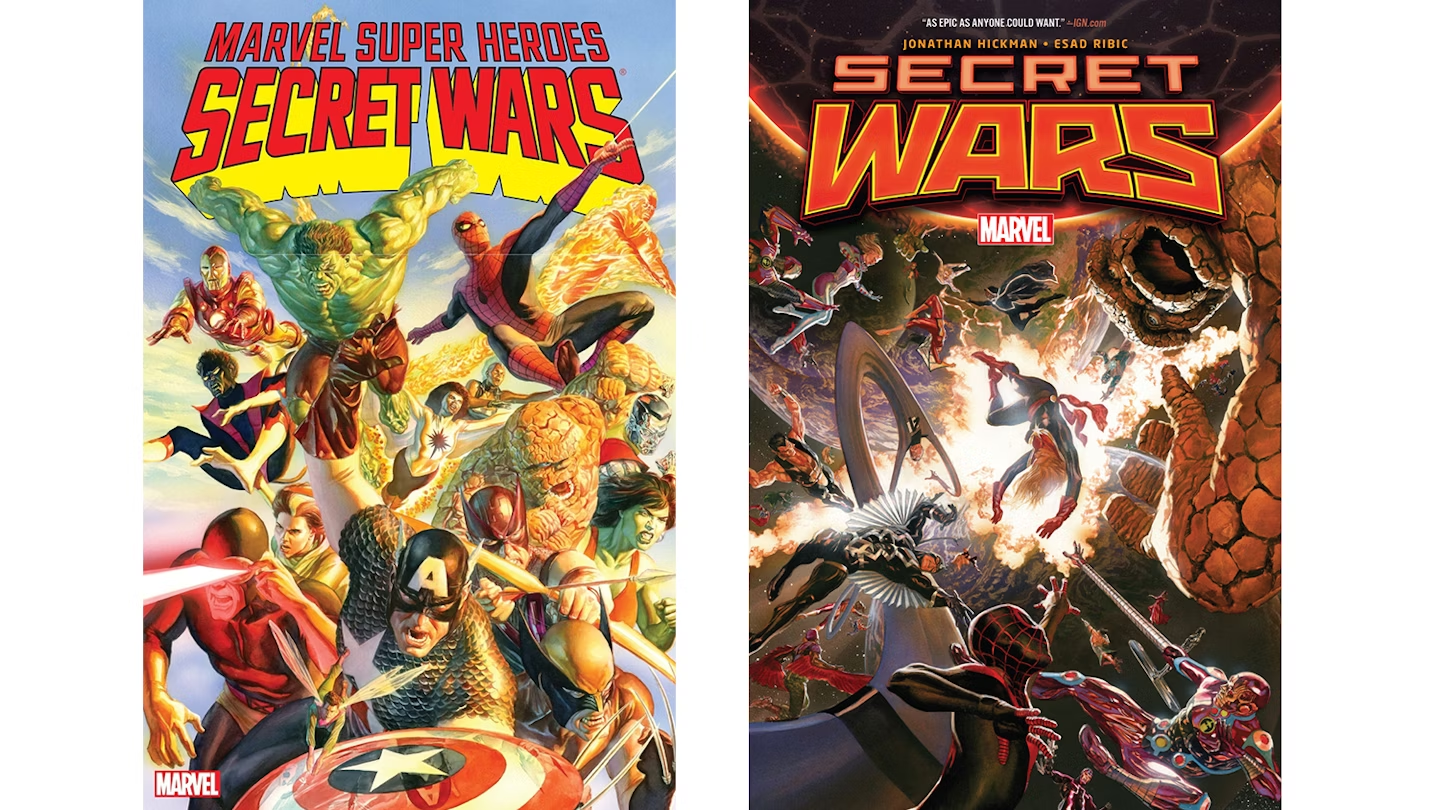
Secret Wars might be a legendary comic title, but it all actually starts with a line of toys by Mattel in the mid-‘80s. Mattel requested a tie-in story bringing together multiple Marvel characters and allowing for the creation of some big play sets. Secret Wars was the solution Marvel writer (and at the time editor in chief) Jim Shooter came up. The story saw a cosmic mischief-maker called The Beyonder transport a Kays catalogue’s worth of Marvel heroes and villains to ‘Battleworld’, where they all had to fight each other with nifty weapons and vehicles.
This 12-issue comics series took place across several of the comics’ individual titles, and was eventually followed, decades later in 2015, by a ginormous sequel/reboot. The more recent story involved the remains of multiple Marvel universes ravaged by Incursions (more on those shortly) merging into a new Battleworld, where each universe had its own geographical domain. The core series of this one ran to nine issues, but the number of issues connecting with it in some way in other series ran to at least 250. Without getting into spoiler territory, the ultimate end point was a tidier, calmer New Marvel Order… for the time being.
Which characters were involved in the Secret Wars comics?
Tons of ‘em. The line-up of heroes included Captain America, Captain Marvel, Hawkeye, Iron Man, Hulk, She-Hulk, Thor, the Wasp, the Fantastic Four, Spider-Man, Spider-Woman, and the X-Men, including Wolverine. Villains included Doctor Doom (the God Emperor of the new Battleworld), Doc Ock, the Enchantress, Kang the Conqueror, and others – including the massive cosmic Fantastic Four villain Galactus. Not all of those will make it to the MCU version, but, we’d carefully suggest, possibly more than you imagine – including characters you didn’t expect to see again.
How has the MCU’s Phase 4 started teasing Secret Wars?
As you’d expect, the seeds for the end of the Multiverse Saga have long been planted. Here are some likely key element introduced so far:
Jonathan Majors as Kang / He Who Remains in Loki
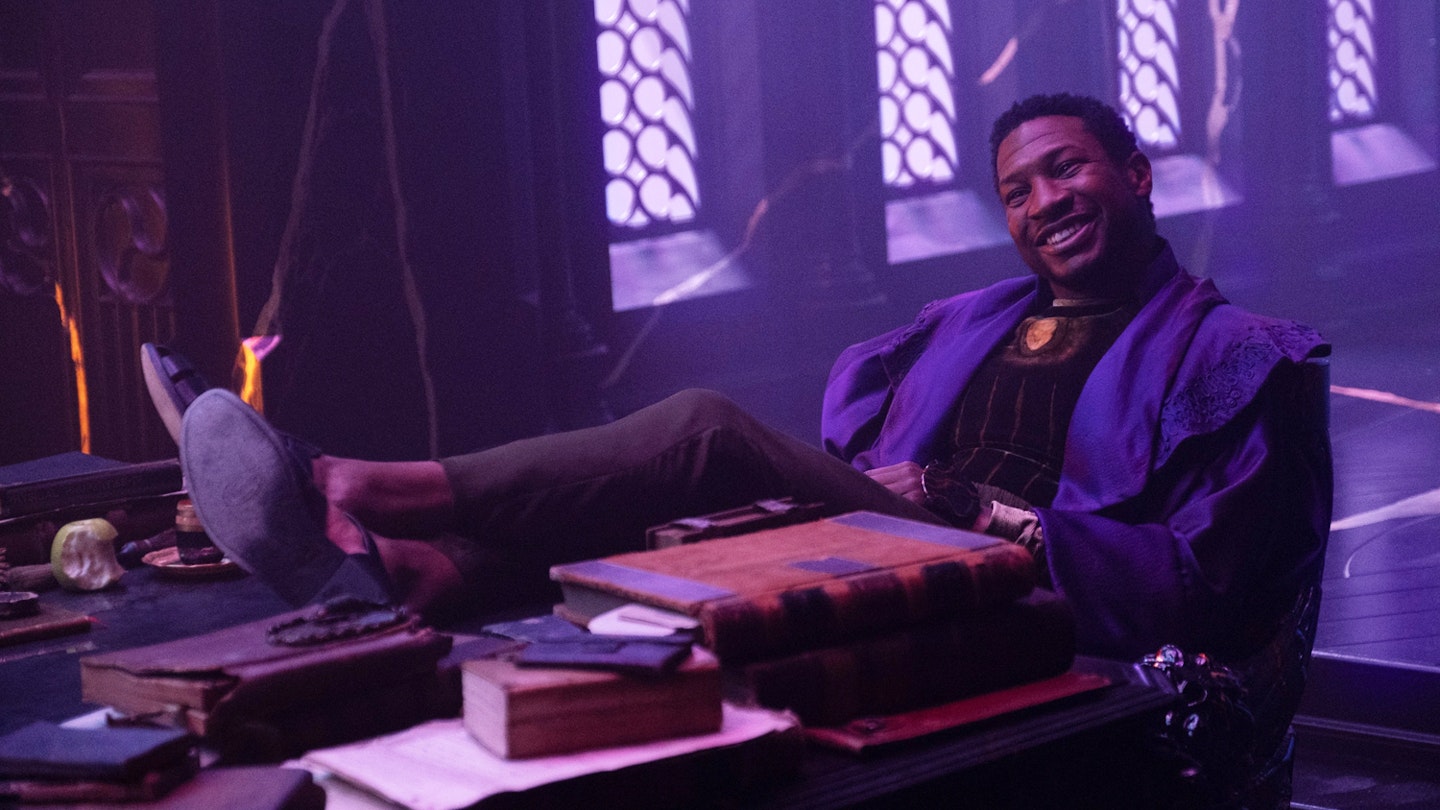
We’ve met Kang, though you might not have realised. Jonathan Majors has already appeared as the character – or, a version of him – in the final episode of Loki. Going by the name He Who Remains, he was revealed as the creator of the Time Variance Authority who lives in the Citadel at the End of Time. He set up the TVA as the result of a multiversal war, and was killed in this iteration by Sylvie, the female parallel Loki played by Sophia Di Martino. But Majors is back, in alternate/variant/whatever form in Ant-Man And The Wasp: Quantumania… and beyond… He’s likely to shake down as the Multiverse Saga’s Thanos. Going by the comics we already know, Kang the Conqueror ought to be set to conquer Earth. Hence the name.
Cosmic Celestial energy in Eternals
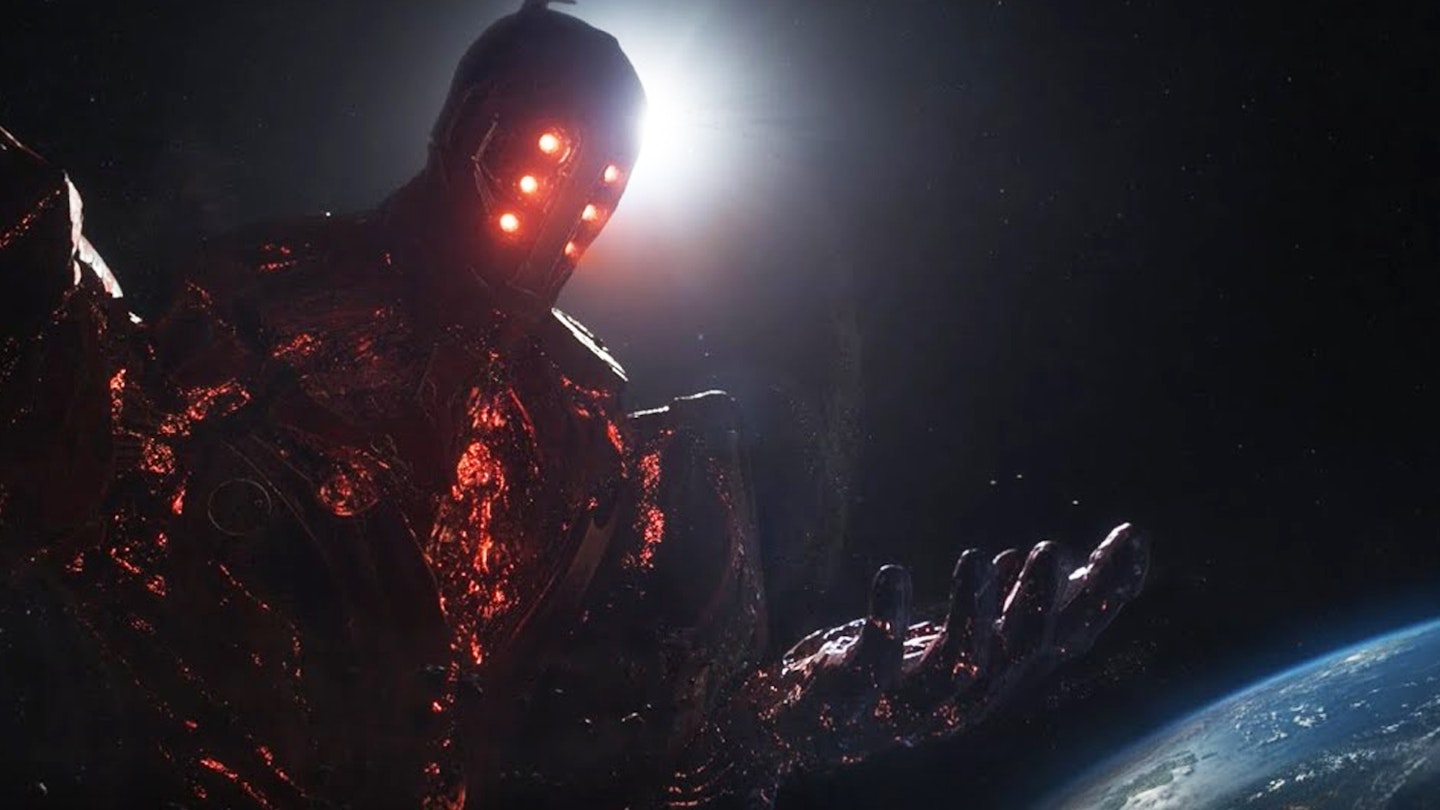
The Eternals were created by the Celestials, who are powered by Cosmic Energy. The mighty Galactus, Devourer of Worlds, feeds off exactly this Cosmic Energy (he’s not a Celestial, but he was sort of accidentally transformed into something like one when he threw himself into a star because of, er, reasons. Look, the lore is complicated…) It’s an oblique set-up, but it’s definitely there. Eternals might seem to some like an odd anomaly in the MCU right now, but it’s going to make much more sense as we theoretically get more into the crazy cosmic creations of Jack Kirby. And, incidentally, where Galactus goes, the Silver Surfer… heralds. So, that should be cool.
Symbiotic goo in Spider-Man: No Way Home

The mid-credits scene in Spider-threequel No Way Home saw Tom Hardy’s Eddie Brock zapped back to his own Sony universe, but leaving a smidgeon of black symbiote goo behind in the MCU. The original ‘80s Secret Wars comics is where Spider-Man’s black suit and the idea of the Venom symbol first began – he found it on Battleworld and brought it back to Earth as his fancy new monochrome duds, from which he eventually had to be separated by Reed Richards and Johnny Storm. On film the details will obviously be rearranged since we’re already acquainted with Venom, but if we’re heading to Battleworld there’s absolutely potential for more symbiote encounters. Fan rumours are also flying around that Ned (Jacob Batalon) might be on course to inherit the symbiote, and that his new-found aptitude for magic, along with that alien power, might see him become villainously corrupted, possibly into someone like Hobgoblin. But the sneaky Eugene ‘Flash’ Thompson (Tony Revolori) picks up some symbiote action in the comics too, becoming Agent Anti-Venom, so there are several ways this could play out.
Basically everything in Doctor Strange In The Multiverse Of Madness
Where do we even begin with Multiverse Of Madness? Firstly, there’s the small matter of Incursions, which we touched on earlier. These are an important concept, involving parallel universes crashing into one another. Mostly these universes exist separately, but when they collide they form breaches, and chains of those breaches are big trouble. The more recent Secret Wars comic series kicked off when an exponential increase in those breaches was noted by the Illuminati. Ultimately, only two universes are left…
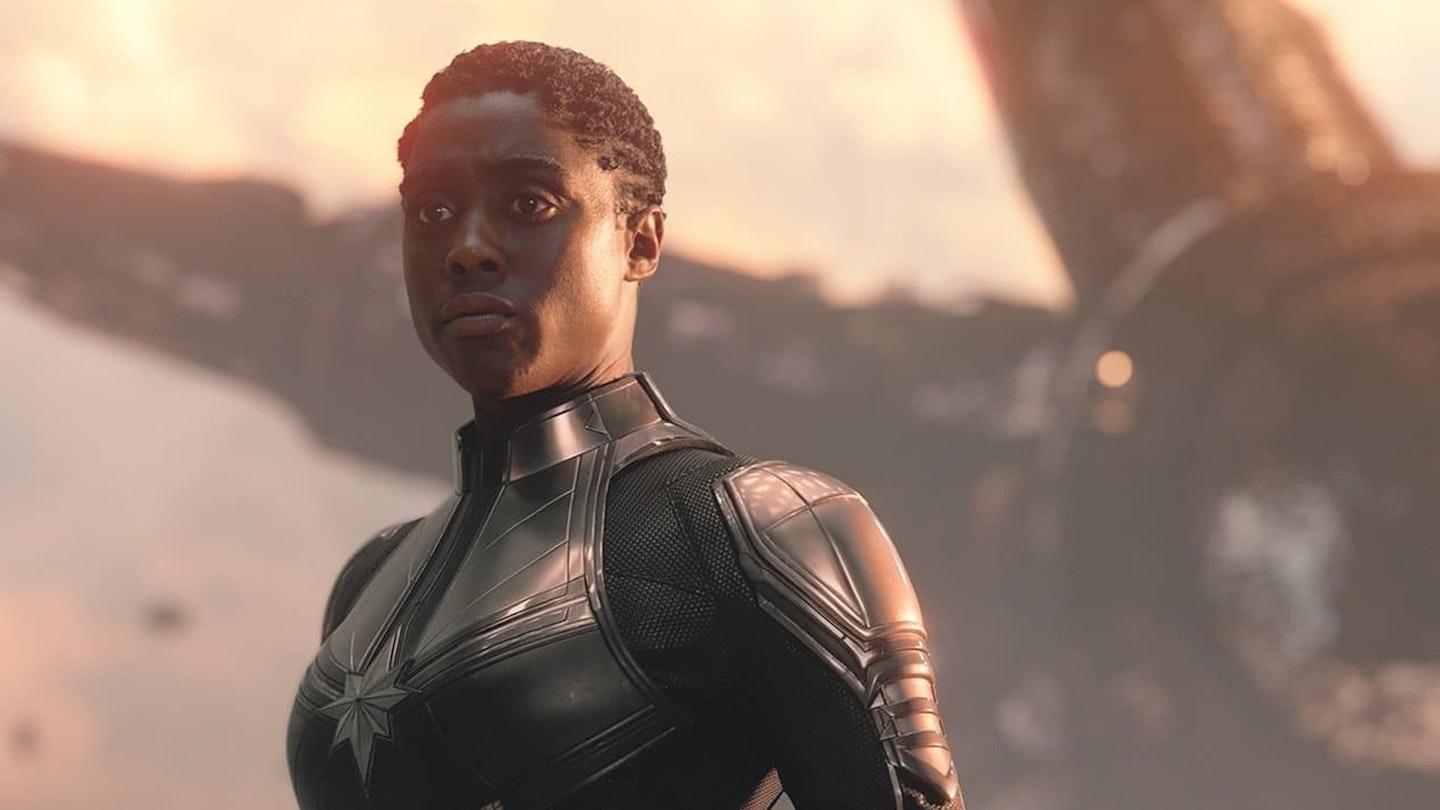
The Illuminati, you ask? They’re that secret council in that alternate universe visited by Strange, in that instance comprising Baron Mordo, Peggy Carter, Maria Rambeau, Professor X, Black Bolt and Reed Richards. In the comics, it’s the Illuminati who are monitoring the growing number of Incursions, leading to the events of Secret Wars. So we’d guess that, back in the MCU, Doctor Strange will start putting together his own Illuminati, which we might expect to include big brains like Bruce Banner. And yes, Reed Richards, since the Fantastic Four are now confirmed as making their official MCU debut kicking off Phase 6 in 2024.
Then there’s Clea, Charlize Theron’s mid-credits cameo role. She’s the Sorcerer Supreme of the Dark Dimension, with the ability to travel between universes like America Chavez. In the comics, she ropes in Strange to help her start sealing up the breaches /Incursions like a game of interdimensional whack-a-mole – so there’s potential for a similar relationship and agenda in the films going forward.
Mutation in Ms. Marvel
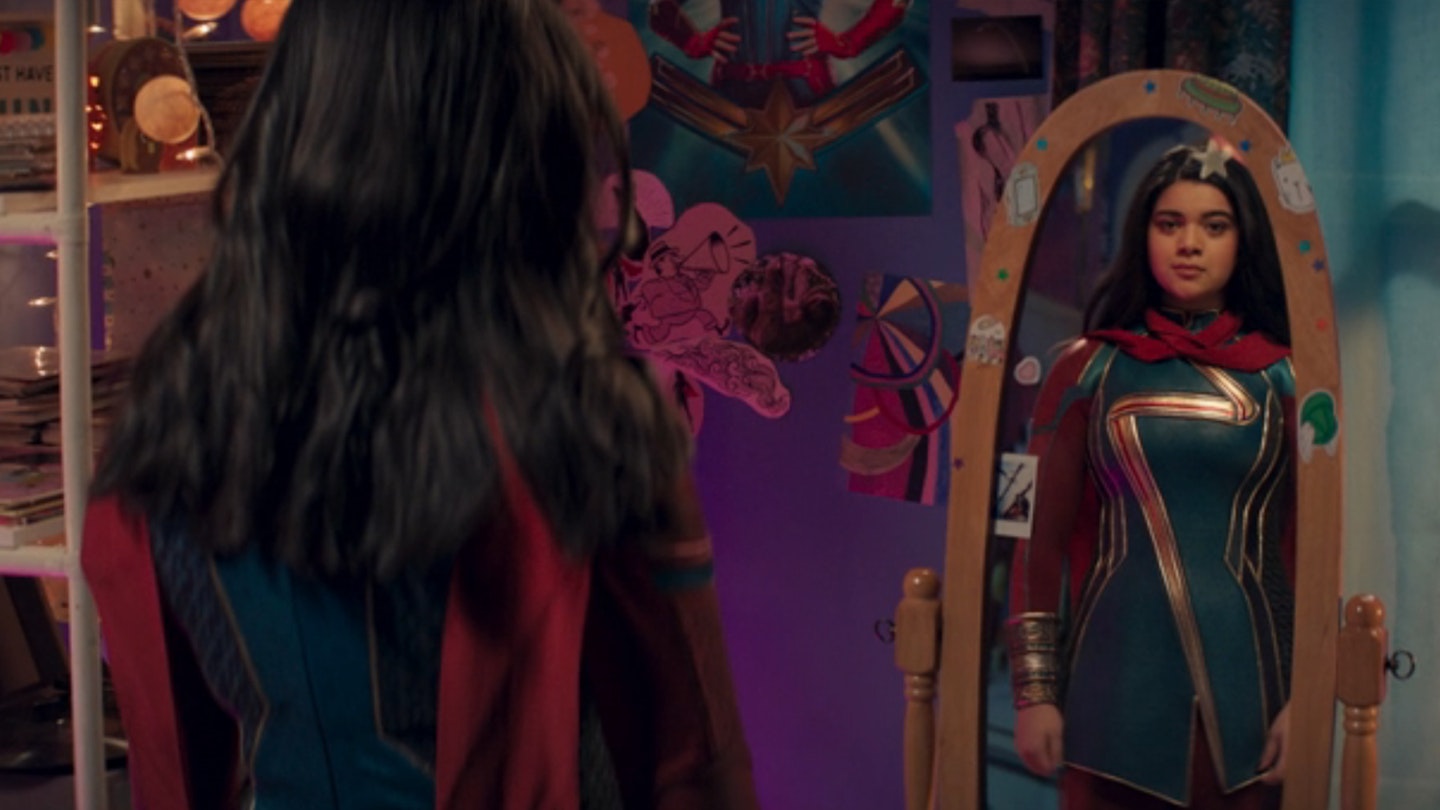
Here’s the big question – will mutants factor into Phase 6 of the MCU? Will one of those gaps between Fantastic Four and The Kang Dynasty be a new X-Men movie, or some other kind of mutant project? It’s all up for grabs – but they’re historically involved in Secret Wars, and we’ve recently had our first glimmers of mutant activity in the MCU. First up, we had that Professor X cameo in Doctor Strange In The Multiverse Of Madness. More recently, we got that bombshell at the end of Ms. Marvel – that Kamala Khan seems to have some kind of mutation in her DNA. Stay tuned to D23 and beyond for any more news on what comes next…
